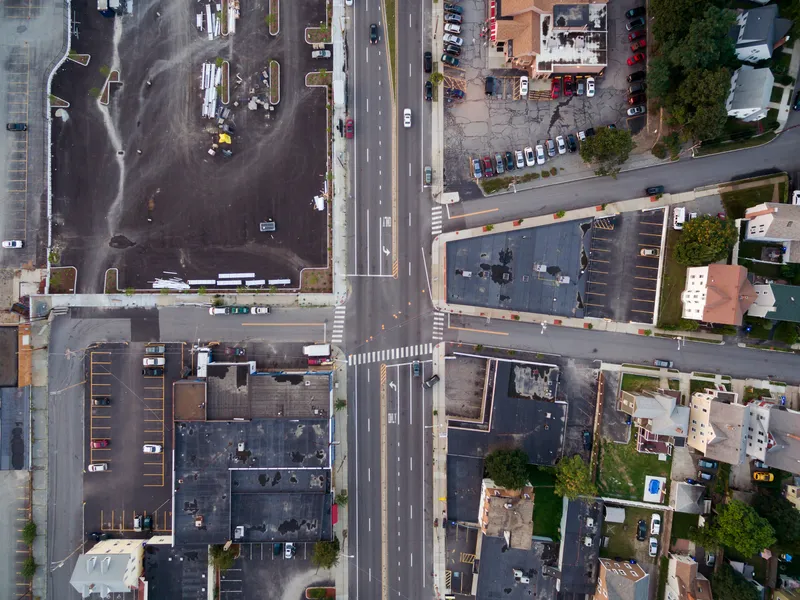Opticom includes a GPS component for location and wireless communications between authorised emergency vehicles and the intersections. When the vehicle needs to navigate an intersection quickly and safely, a request is sent to the traffic signal controller ahead of its arrival, turning the light green and clearing a path to enable the vehicle's safe passage.
According to GTT CEO Doug Roberts, who said the company is delighted to continue its relationships with the city of Anaheim and Anaheim Fire & Rescue, the system is helping to improve operational safety, reduce travel time to emergencies and increase the safety of both the public and fire personnel.
California city opts for GPS traffic signal pre-emption
Global Traffic Technologies (GTT) is to supply the city of Anaheim, California and Anaheim Fire & Rescue for the implementation of its latest-generation Opticom GPS pre-emption solution, which works with intersection controllers to ensure emergency vehicles can move through intersections rapidly and safely. Opticom includes a GPS component for location and wireless communications between authorised emergency vehicles and the intersections. When the vehicle needs to navigate an intersection quickly and safel
April 28, 2016
Read time: 1 min










